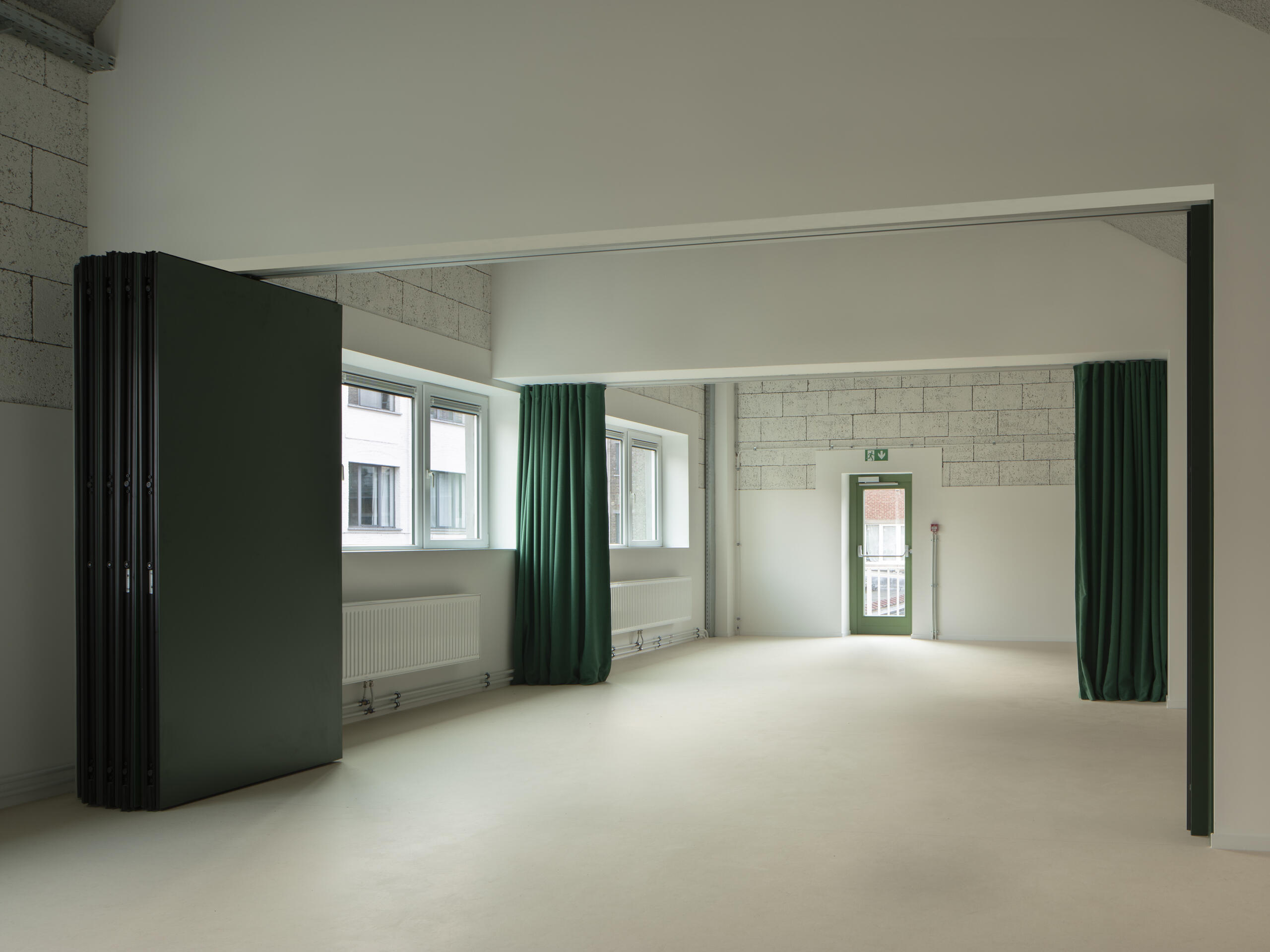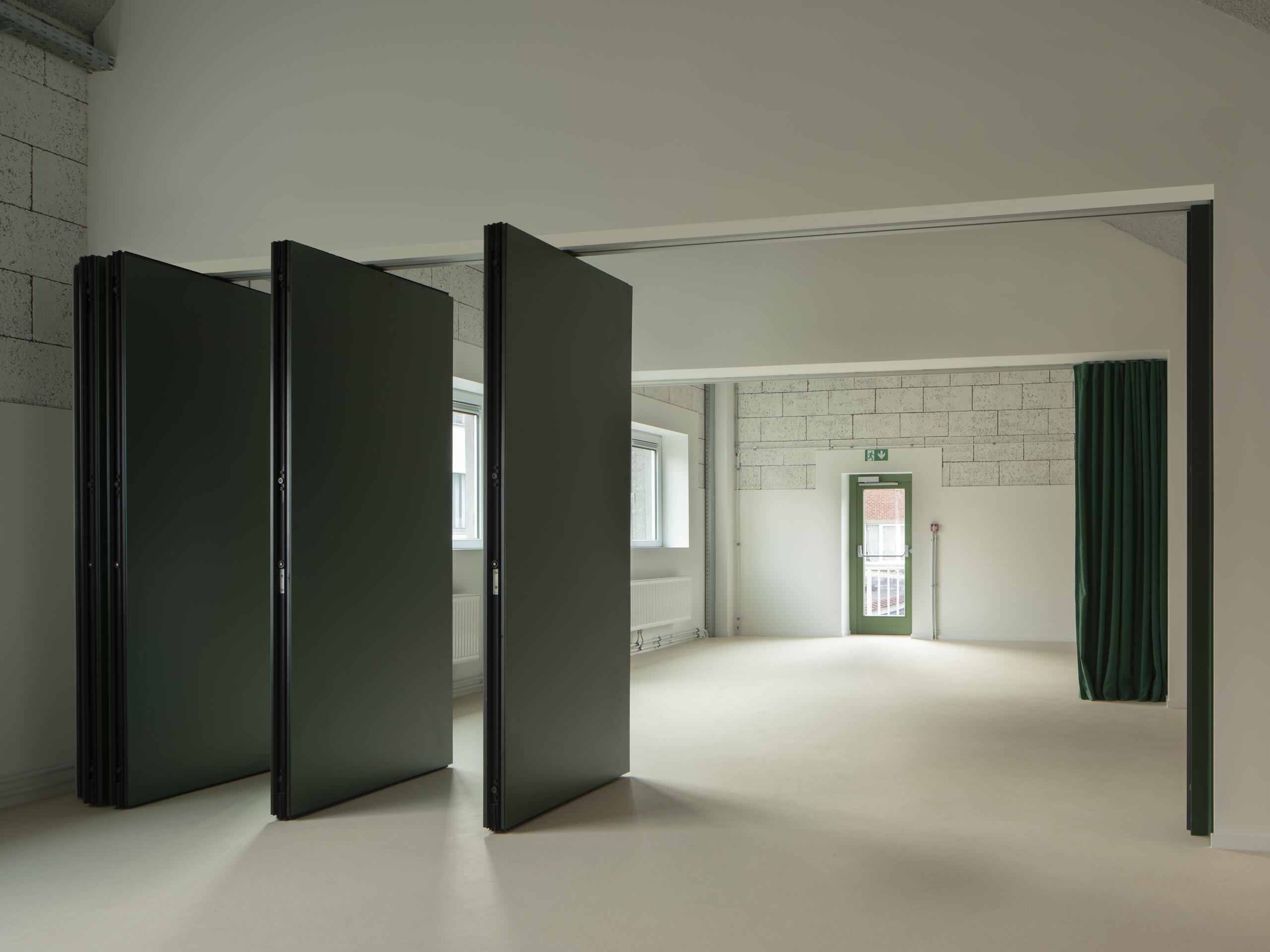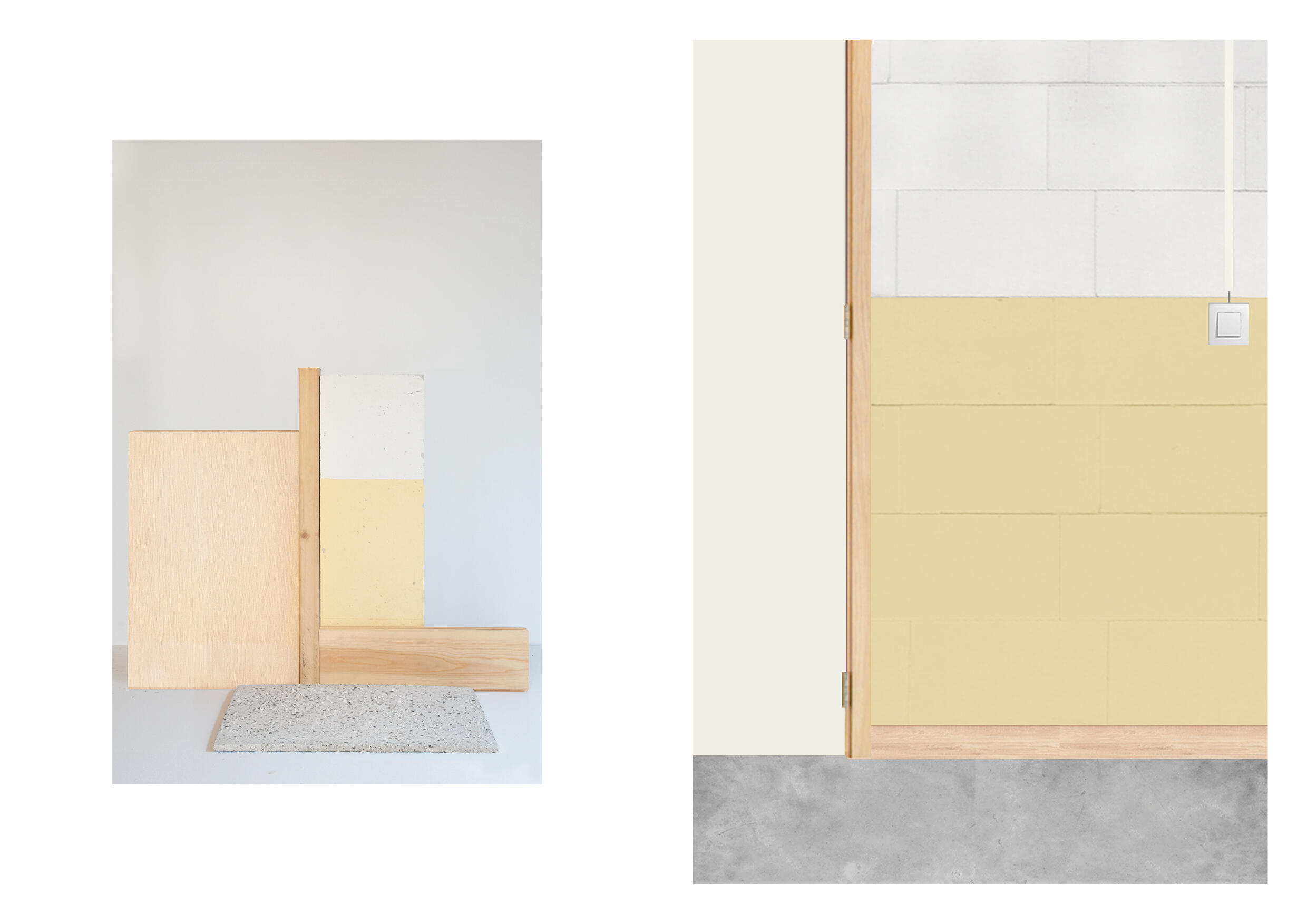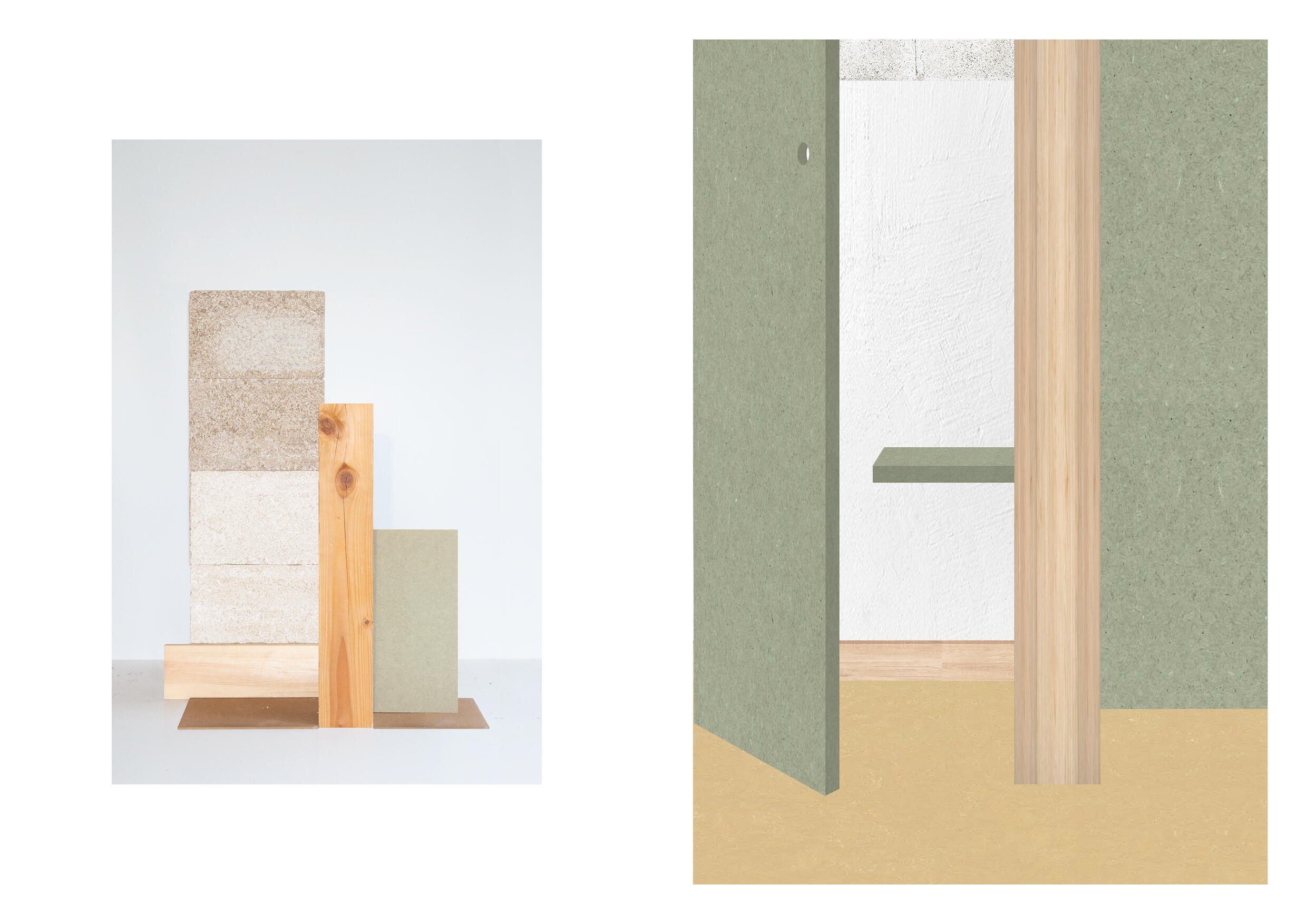361BRO
Program
Facility
Location
Anderlecht
Date
2020 - 2024
Themes
Renovation, Circular, Biobased, Built
Phase
Completed
Surfaces
987 ㎡
Team
BESP
Client
AOPSG
Budget
€ 1 210 000
Brogniez, a committed renovation project
The renovation of the site at 170 Rue Brogniez into a PMS/PSE centre is a manifesto in favour of an architecture of repair and adaptation. Faced with a heterogeneous heritage, marked by successive layers of interventions and an advanced state of deterioration, the project had to contend with strict budgetary constraints and a tight deadline. Rather than envisaging a radical transformation, it relied on the existing potential of the site, adopting an approach in which each existing element was examined, preserved, repaired or reinvested. This parsimonious approach is not only the result of a strategy of saving resources, but it also reflects a sincere commitment: that of seeking the right intervention and of using precise interventions to reinterpret the existing in the service of a new spatial, functional and environmental organisation.
The architectural stratification of the site, with its neoclassical buildings, additions from the 1930s and renovations from 1994, led to a subtle composition, which favoured the dialogue between the different eras. The removal of false ceilings and superfluous cladding made it possible to make this stratification visible and to assume the heterogeneity of the site as a resource. The range of materials used, combining wood, hemplime, rough fermacell and flocking, contributes both to the creation of a new vocabulary and to the coherence of the spaces and their different constructional temporalities.
With a budget of €1,200/m², this winning project of the Renolab competition demonstrates the possibilities offered by an architectural approach to recovery and adaptation. Going against the logic of demolition-reconstruction, it explores an alternative way of designing and developing built space, where each intervention is considered as an act of care for the existing. This project thus opens up a broader debate on strategies for transforming buildings in urban areas and the role of a more resilient architecture, which is at once sober, pragmatic and inventive.














